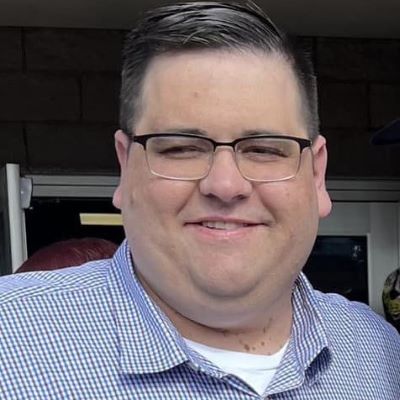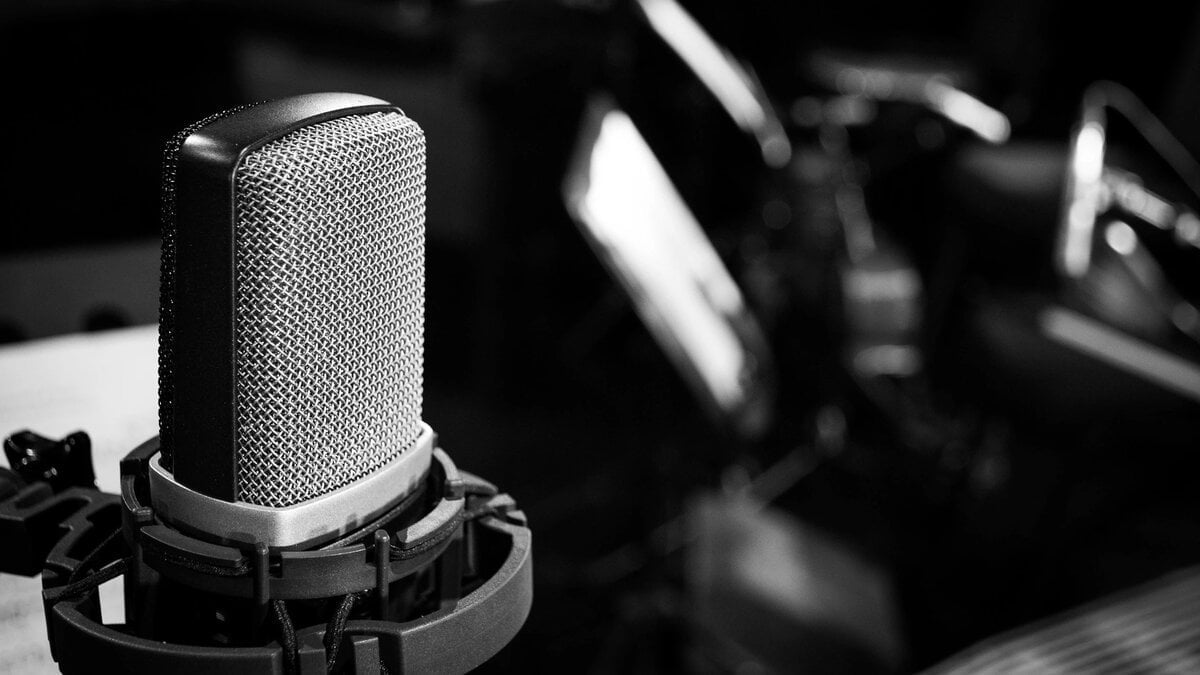In the early 2000s, a trend emerged in cable TV: simply take a radio show and put it on TV. Cameras were installed in both news/talk and sports radio studios, and the programs were aired on linear TV. Now, with the advent of digital video platforms like YouTube, Rumble, and others, anyone can become a content creator. And news/talk radio has begun to truly embrace the enhanced distribution.
For decades, the term “face for radio” was used to describe the less-than-pleasant look of AM/FM hosts. But many prominent hosts — like Glenn Beck, Dan Bongino, Mike Gallagher, Erick Erickson, Howie Carr, Dave Ramsey, Joe Pags, and a plethora of others — broadcast their shows daily, not just on terrestrial radio, but on YouTube, Rumble, Twitch, and others.
For instance, the Salem News Channel carries a video simulcast of the nationally syndicated Mike Gallagher Show. And Gallagher told Barrett News Media it’s undeniably been a change for the longtime radio broadcaster.
“We’ve had to make huge adjustments to that space,” Gallagher said. “I think Salem has done a great job in keeping up with it … The TV component — the over-the-top streaming — is a whole different ballgame. Gone are the days where we could be in our boxer shorts and a sweatshirt with a Comrex box. Now it’s lights, and camera angles, and backdrops, and everything else. But it’s still the old trite cliche, content is content. Doesn’t really matter what the platform is.”
Gallagher added that despite his reluctance to initially embrace the new medium — quipping that he was always “protective of radio” in the past — the reality is that a video simulcast of the program is just as much about the business and revenue opportunities as it is meeting listeners where they are.
“I got to be a businessman about this. And, frankly, I kind of roll my eyes are people who are sort of ‘artists’ and they just worry about, ‘I’m a talk show host and I don’t want to be bothered. I don’t want to get my hands dirty working with advertisers.’ They’re the lifeblood of what we do. They’re the fuel of the engine, and I pay a great deal of attention to my relationships with advertisers.”
Many in the industry were hesitant to embrace digital video at first, worrying about the effect increased access would have on the radio stations that have partnered with syndicated hosts for decades.
However, Blake Thompson, the Executive Producer of The Ramsey Show and The Ramsey Network, says their analytics show YouTube is actually bringing more listeners to their terrestrial radio offerings.
“The best way to describe it is that they’re going to a Short because they happen to be on YouTube and they see a clip of Dave — even an old clip in the studio — and he hits a felt need with them that we’re doing a good job leading them further down and then they realize ‘Oh, this guy’s on the radio. I just happen to be on YouTube looking on how to fix my car hood. And I see this guy and then I recognize him from a billboard in my market or I’ve heard that name.’
“So in our last survey, we’ve really seen a crazy amount of people who have even come from those digital shorts, or Instagram, or TikTok over into listening to radio,” Thompson shared. “It was neat to see people discovering us in those really short formats on video in other places, and then realize that we’re in their market on radio and tune it in when they’re in their car heading to work.”
Joe Pags was an early adopter of featuring a video simulcast of his show. Between YouTube and Rumble, he boasts more than 350,000 subscribers. And he believes the offering has now become imperative to his program and brand.
“I think that people don’t look at a talk show host as radio talk shows anymore. I think they look at us as broadcasters, or even that term podcaster that we’re hearing a lot now,” The Joe Pags Show host said. “People like it because they can go into it anytime. They can watch it live on the fly as we’re doing it or watch it later on because it’s still up there. And because of social media and video components in it, I think that you’re gonna get an audience that you otherwise wouldn’t get. People don’t generally say “I listened to a talk show.” They say ‘I listened to or I watch Joe Pags’ or fill in the blank.”
For Pags, the digital video component doesn’t change the content of his show as much as it changes the demographics of his audience, and similarly to Gallagher, admits it provides a potentially lucrative business opportunity, too.
“How important is it monetarily? Not very, yet. I mean — I make a little bit of money on it. But I think as far as expanding the audience and possibly making the audience more youthful, I think that it’s a big deal,” Pags said. “Because people who are my age, I’m 57 now, we still can use theater of the mind like we grew up on.
“But people who were younger than, maybe my kids age, they’re not used to that — listening to an AM radio, generally speaking, and hearing guys talk for three hours. But to watch it and see it and watch the reaction and react along with or see the video of whatever that gas station sign was or of my interview with Trump, I think that’s a different thing. It’s very important to me for the future. As far as my income or the revenue stream, it’s not where it could be.”

Garrett Searight is Barrett Media’s News Editor, which includes writing bi-weekly industry features and a weekly column. He has previously served as Program Director and Afternoon Co-Host on 93.1 The Fan in Lima, OH, and is the radio play-by-play voice of Northern Michigan University hockey. Reach out to him at Garrett@BarrettMedia.com.






